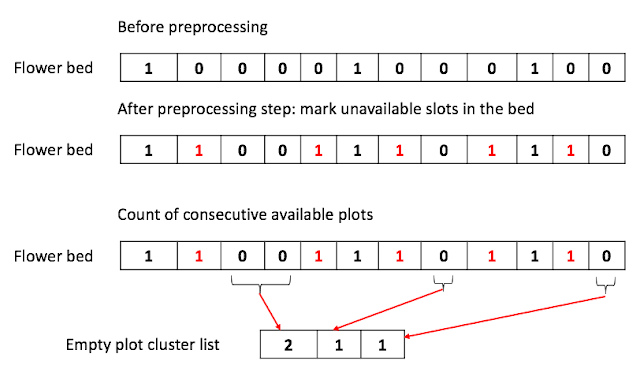Given an array of intervals where intervals[i] = [starti, endi], merge all overlapping intervals, and return an array of the non-overlapping intervals that cover all the intervals in the input.
Example 1:
Input: intervals = [[1,3],[2,6],[8,10],[15,18]] Output: [[1,6],[8,10],[15,18]] Explanation: Since intervals [1,3] and [2,6] overlap, merge them into [1,6].
Example 2:
Input: intervals = [[1,4],[4,5]] Output: [[1,5]] Explanation: Intervals [1,4] and [4,5] are considered overlapping.
Constraints:
1 <= intervals.length <= 104intervals[i].length == 20 <= starti <= endi <= 104
To ensure all the intervals are merged correctly, we need to short the interval by start time in ascending order in $O(n log n$ time,
Once sorting is done, we can merge intervals through for loop in $O$ as below:
There is the solution:

Comments
Post a Comment